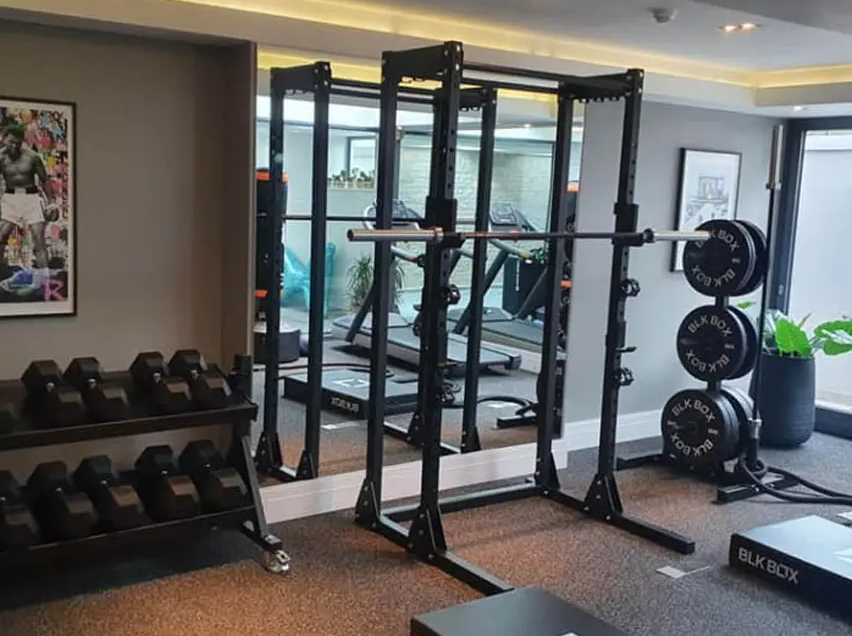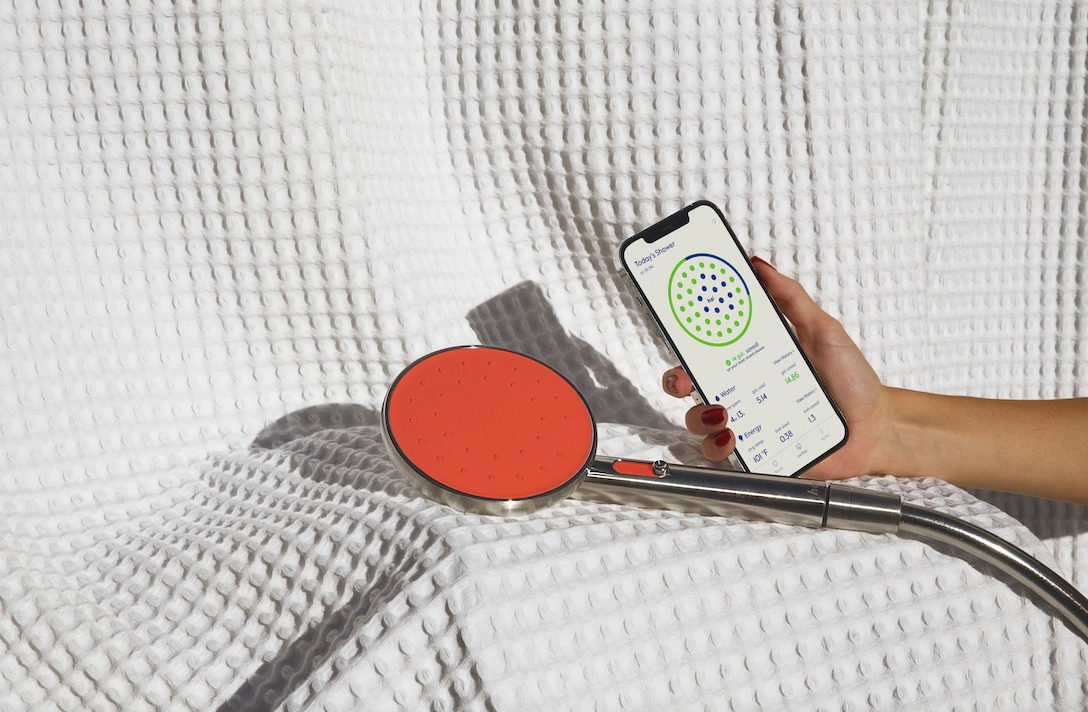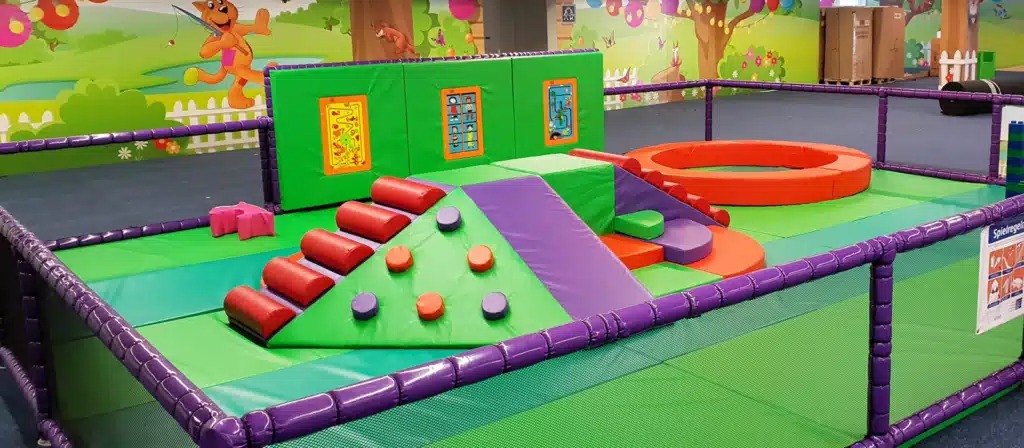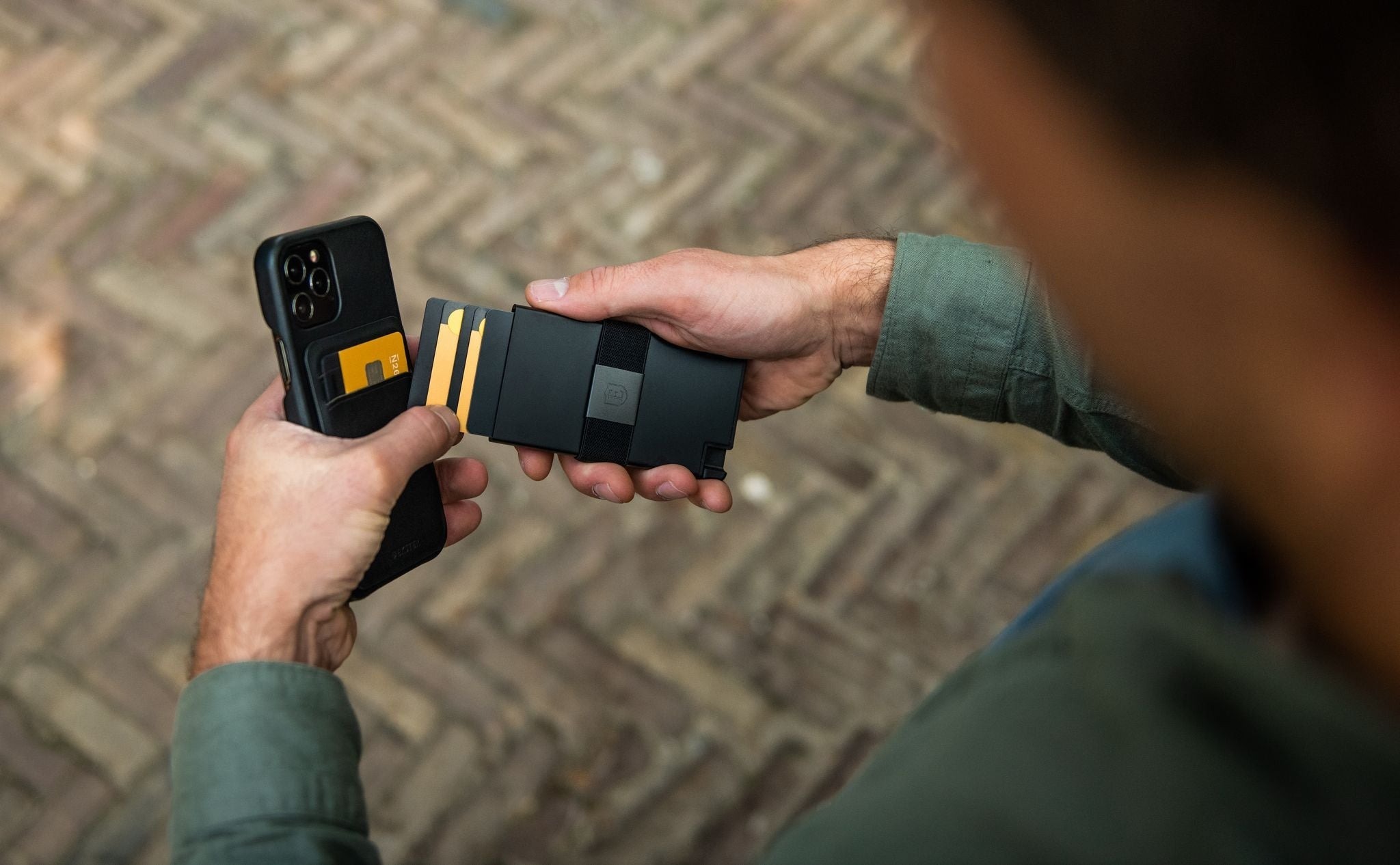The Ultimate Guide to Building a Home Gym on a Budget
Creating your own home gym doesn’t have to cost a fortune.

Creating your own home gym doesn’t have to cost a fortune. Whether you’re trying to escape expensive memberships or want the freedom to work out on your schedule, a budget-friendly home gym is completely achievable—and surprisingly effective.
This guide will show you how to build a practical, space-efficient home gym without overspending, using smart choices and multi-purpose equipment that give you the most value for your money.
Step 1: Define Your Fitness Goals
Before buying anything, get clear on what you want your home gym to help you accomplish. Your goals will determine what equipment you truly need.
Common fitness goals include:
- Building muscle
- Losing weight
- Increasing flexibility
- Boosting cardio endurance
- General health and maintenance
Write your goals down and use them as a filter for every purchase decision.
Step 2: Choose the Right Space
You don’t need a whole room. A corner in your bedroom, garage, living room, or even a balcony can work.
Ideal home gym space should:
- Be well ventilated
- Have enough room to move freely
- Be near a power outlet if using machines
- Have a clear wall or floor area for mounting or storing gear
Measure the area and take note of ceiling height and floor type—these will affect your equipment choices.
Step 3: Focus on Multi-Functional Equipment
Multi-use gear saves both money and space. Instead of buying 10 pieces, go for 2–3 items that can be used in dozens of ways.
Must-have budget-friendly essentials:
1. Resistance Bands
Great for strength training, mobility, stretching, and even physical therapy. They’re portable, inexpensive, and offer various resistance levels.
2. Adjustable Dumbbells
A pair of adjustable dumbbells replaces an entire rack. These are ideal for upper body, lower body, and full-body routines.
3. Jump Rope
Affordable and space-efficient cardio tool. Just 10 minutes of jumping rope can burn more calories than running.
4. Yoga Mat
Essential for floor exercises, stretches, yoga, or pilates. Go for a non-slip, thick mat for joint protection.
5. Stability Ball or Balance Trainer
Adds core challenge to standard exercises. Can also double as a bench for dumbbell workouts.
6. Foldable Bench (optional)
If you have space, a foldable bench adds versatility, especially for strength training with dumbbells.
Step 4: Consider Second-Hand Equipment
Buying used can cut your budget in half. Many people sell near-new gym equipment online.
Places to look:
- Facebook Marketplace
- Craigslist
- Local garage sales
- Online fitness communities or forums
- Gym closeouts or liquidation sales
Inspect the condition, especially for wear and tear or safety issues. Avoid buying heavily used treadmills or motorized equipment without testing them first.
Step 5: DIY Storage and Setup
Keep your home gym tidy with simple, affordable storage hacks.
Budget storage ideas:
- Use wall hooks or pegboards for hanging bands and ropes
- Store dumbbells under your bed or in a storage ottoman
- Repurpose shoe racks for fitness gear
- Label containers for small accessories like gloves, timers, and wraps
If you're handy, you can also build a low-cost wooden bench, squat stand, or plate holder using online tutorials.
Step 6: Use Free Fitness Resources
Save money on personal trainers or class subscriptions by using free digital options.
Free resources to explore:
- YouTube fitness channels (HIIT, yoga, strength training)
- Fitness apps with free basic plans
- Social media workouts
- Public library eBooks on fitness
- Printable workout planners
Consistency is more important than equipment, and many high-quality workouts can be done bodyweight-only.
Sample $200 Budget Home Gym Setup
Here’s an example of what you can get with $200 or less:
- Resistance band set – $25
- Adjustable dumbbells (up to 25 lbs) – $80
- Non-slip yoga mat – $20
- Jump rope – $10
- Stability ball – $25
- Storage shelf or hooks – $20
- Free fitness app – $0
Total: $180 (leaves room for tax or extra accessories)
Tips to Maximize Your Budget
- Buy in bundles when possible (combo sets often cost less)
- Prioritize quality on core items like dumbbells or mats
- Skip trends unless they match your long-term goals
- Start small and upgrade slowly as your needs grow
- Track your workouts with a free fitness journal or app to stay motivated
Final Thoughts
Building a home gym on a budget is about smart planning, not sacrifice. With just a few essentials, you can create a versatile setup that supports your fitness goals and saves you money in the long run.
Focus on what matters most: gear that supports movement, builds consistency, and makes working out something you look forward to.
Recent Blogs
-

Cozy Essentials for Kids: Where Comfort Meets Everyday Adventure
-

Innovations To Upgrade Your Hair & Shower Routine
-

Designing Soft Play for Small Spaces: Compact Sets That Maximize Fun
-

Affordable Elegance in Men’s Bands: A Closer Look at Manly Bands’ Sub-$300 Collection
-

How to Choose the Right Ekster Wallet or Cardholder for You